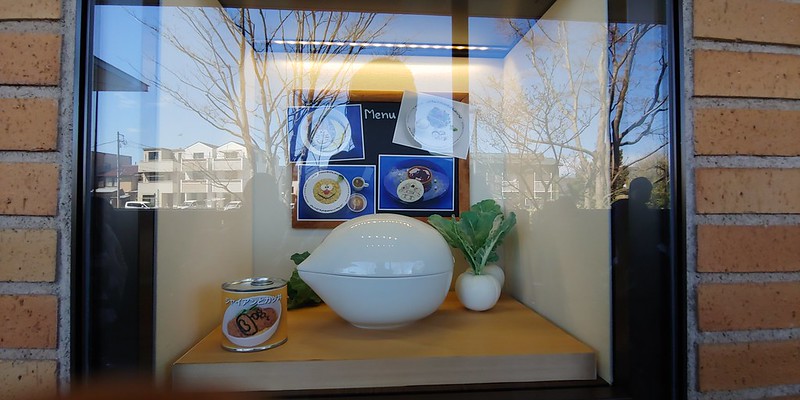
Originally featured on dennisamith.com:
For “Doraemon” fans, the Fujiko F. Fujio Museum in Kawasaki is a must visit location.
And in the first post, I wrote about getting tickets, now I want to explore about getting into the museum.
Once the doors open you are told to keep quiet, no photo or video are allowed (in many sections) and no eating or drinking (unless at the restaurant).
One thing you will notice is many families with their children attending, and many schools taking children to the museum.
Inside, there is free guest wi-fi (you will get a sheet on how to access it).
You will be given a headset with a remote control which allows you listen to various sections in the exhibit hall with English translation (and other languages).







Before I go on, I must add that while “Doraemon” is Fujiko F. Fujio’s most popular work, they have created many other manga and characters. And the museum celebrates those characters as well.

Esper Mami
Created back in 1977 and lasted through 1983, “Esper Mami” would receive an anime adaptation from 1987-1989.
The manga is about Mami Sakura, an ordinary junior high school girl with latent super powers (telekinesis and telepathy). She’s not good at studying, not good at housework and her cooking is terrible. She can paint.
Her best friend is Takahata Kazuo, who really thought he had super powers. He helps her understand her power.
In fact, Takahata is one of the more popular attractions at the Fukiko F. Fujio Museum as he can be seen in a well and you can hid him or elevate him via a crank.



Kiteretsu Daihyakka
This story from 1974-1977 is about Kite Eiichi, an elementary school inventor and owns many encyclopedia books left to him by his ancestor Kitertsusai (an inventor from the Edo period) and likes to invent things. He can only read the books with special glasses and a Shinto mirror.
He invents a roboto named Korosuke and hopes to one day invent without the use of books.

Obake no Q-Tarō
“Obake no Q-Taro” is a story about an obake (ghost) who lives with the Ohara family. He likes to cause mischief by flying around and scaring people and stealing their food, but he has a big fear of dogs. His human friend is Ohara Shota. The series was released from 1964-1966 and 1971-1974.

Perman
Perman was created back in 1967-1968. A boy named Suwa Mitsuo meets an alien named Superman (Birdman) and the alien recruits him to become a superhero named Perman. He gives him a helmet which elevates his strength, a mask and cape that allows him to fly and have super speed. He also has a badge to allow him to go underwater. But there is a caveat, if his identity is known to others, his brain will be destroyed.
Perman 2 is a monkey and Perman 3 is actually the famous childstar Hoshino Sumire, who Mitsuo is a big fan of. But the three work together, despite not knowing each other’s identities.

Mojacko
“Mojacko” was created from 1969-1970 and again from 1995-1996. The manga series revolves around Amano Sorao, a person from Earth who is an average student and a member of the science fiction club. He befriends an alien named Mojara who has a mouth so big, that he has tools hidden and can also inflate himself and become transportation for others. And with Donmo, the robot, the three go on adventures.
And these are just a few of the titles that Fujiko F. Fujio had created.
And while going in, a lot of time will be spent in the exhibition halls (photos or video is not allowed).
The first one allows you to look at works that are on the walls and are under glass.
The second exhibition hall is where you are looking at artwork and video and this is where the headset and remote control come in handy, as you can listen to the stories of how it was created and some fun facts translated in various languages.
On the first floor, you will then see a wall with a blue sky and also see the shape of Doraemon in the clouds.
You will then walk through the teacher’s room in which the work desk and materials are on top of the desk, which Fujiko F. Fujio worked on.
Tomorrow, I’ll discuss the second floor!







